Welcome to the WFC3 Site - Hubble's Next Evolution
The Hubble Space Telescope was reborn with Servicing Mission 4 (SM4). The fifth and final servicing of the orbiting observatory flew aboard Space Shuttle Atlantis (STS-125) from May 11 - May 24, 2009. (Read More)
Orbiting high above the Earth, the Hubble Space Telescope (HST) obtains its extraordinary view of the Universe. Hubble is one of NASA's crown jewels and has remained on the forefront of astronomical science for the past decade. To do this Hubble has been continuously maintained and upgraded with cutting edge technology.
As Hubble enters the last stage of its life, WFC3 - Wide Field Camera 3 - will be Hubble's next evolutionary step, allowing Hubble to peer ever further into the mysteries of the cosmos.
What?
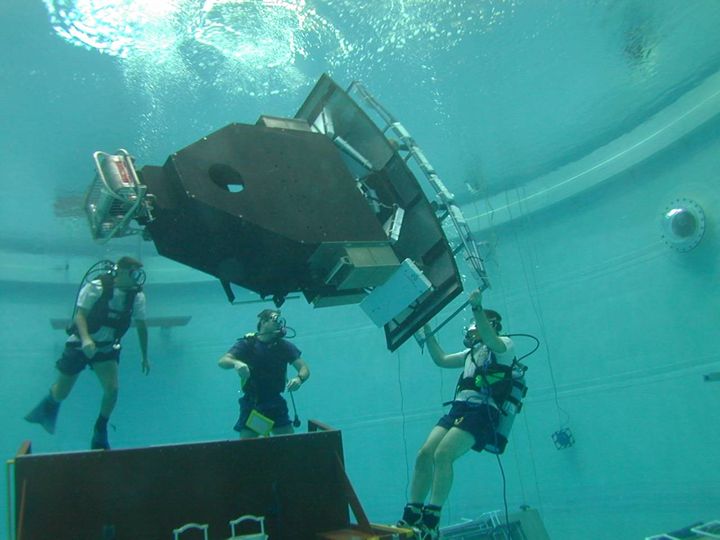
To ensure the imaging capabilities of Hubble, Wide Field Camera 3 (WFC3) replaced Wide Field Planetary Camera 2 (WFPC2).
Currently, there are three scientific instruments operating on Hubble. WFC3 will possibly be Hubble's last and most technologically advanced instrument to take images in the visible spectrum.
Why?
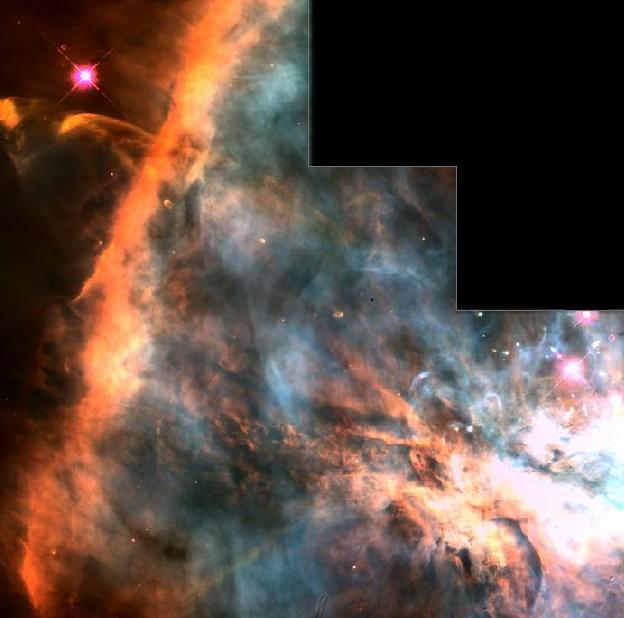
In June 1997, NASA made the decision to extend the HST mission from 2005 until 2010. There have been two servicing missions since that time - SM3A in December 1999 and SM3B in March 2002. In October of 2006, NASA made the decision to service the Hubble again to prolong its life until at least 2013. That mission took place in 2009.
WFPC2 has been Hubble's "workhorse" instrument since it was installed in 1993, capturing more images for astronomers and the public than any other instrument. But technology often needs an upgrade, and after ten years, WFC3 will provide that. Think how far personal computers have advanced in ten years.
How?
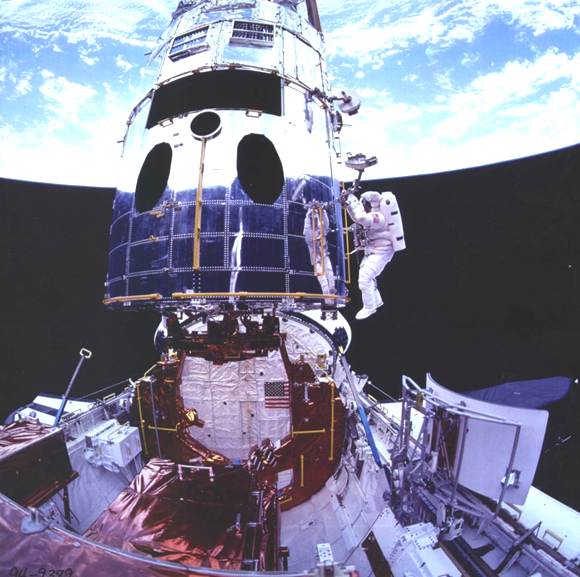
WFC3 went through various stages before it was finally installed into Hubble in orbit - planning, building, testing, training, and more testing. Millions of man hours were put into WFC3.
For installation, WFC3 was stowed aboard a space shuttle and taken up to Hubble in orbit where astronauts performed the installation of WFC3 after removing WFPC2 from Hubble's radial bay.
When?
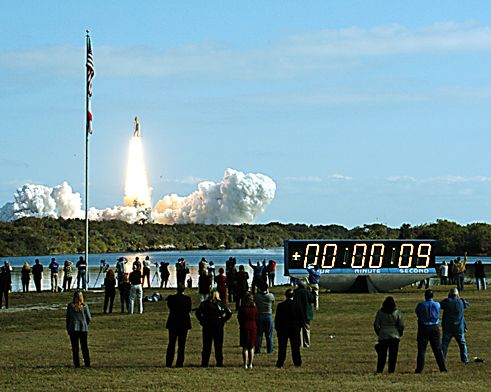
The planning and construction of WFC3 began in 1997.
WFC3 flew on the Space Shuttle Atlantis (STS-125) and was installed during Servicing Mission 4 (SM4), May 11 - May 24, 2009.
Where?
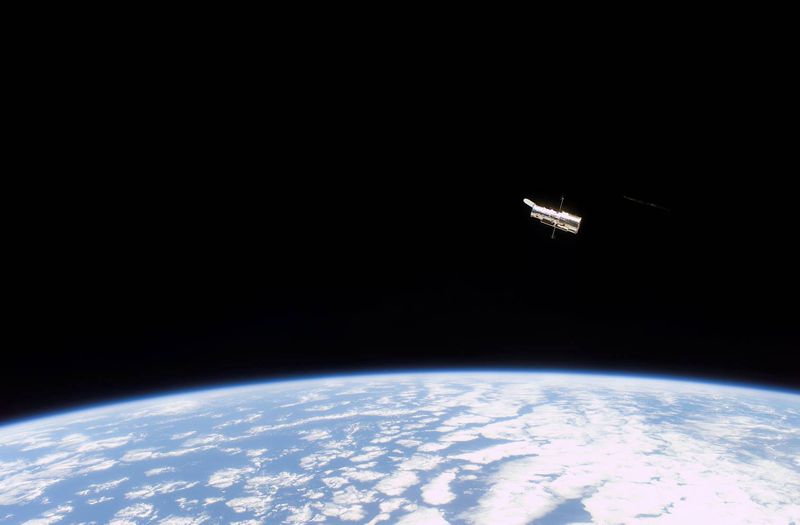
WFC3 was constructed mostly at Goddard Space Flight Center (GSFC in Maryland) and Ball Aerospace (in Colorado). Also various parts were built by contractors across the United States and the United Kingdom.
Hubble is located in 600 km (375 miles) above the Earth's surface in Low Earth Orbit (LEO). The space shuttle matched altitude and velocity with Hubble so that the astronauts could perform their operation.
Who?
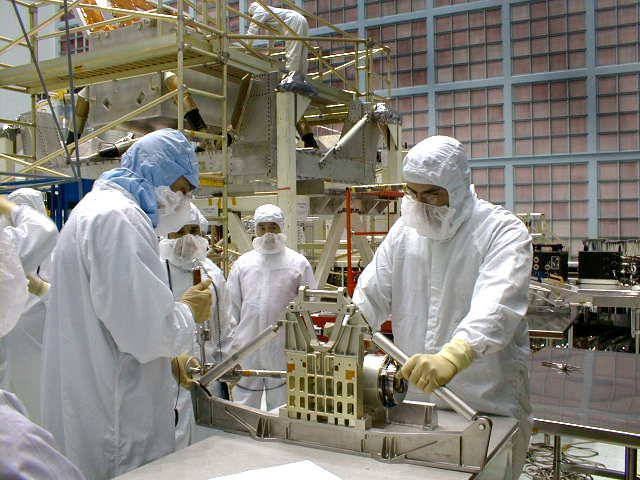
The Hubble Project, led by NASA, consists of a myriad of organizations and companies in government, academia, and industry. Those who worked to build WFPC1, WFPC2, and several other HST instruments also worked together on WFC3, leveraging their experience to provide a superior instrument at a modest cost. CLICK HERE for a listing of all those involved with WFC3.


